Business
Interest on student loans is back: Here’s what to know on September 1, 2023 at 9:30 am Business News | The Hill

After more than three years, interest on student loans is back on beginning Friday as part of the Biden administration’s “on-ramp” repayment plan.
The start of September brings the return of interest on the loans, which unlike other types of debt accrues daily instead of monthly.
Like payments on the loans, the interest had been on a pause that began at the start of the coronavirus pandemic and was renewed several times.
While payments themselves don’t resume until October, here is what borrowers need to know as interest resumes:
How student loan interest works
“I think practically the most important thing about interest on a student loan is that because of how it accumulates it can cause the value of your loan, the overall amount that you have to pay back, to increase pretty significantly,” said Jacob Channel, senior economist and student loan repayment expert at Lending Tree.
The interest rate of a student loan is set when a borrower takes the money out, so it will be the same as before the COVID-19 pause. Even for borrowers who graduated during the pandemic and haven’t paid on their loans at all yet, the interest rate is still set at what it was when the loan was taken out.
Interest is one of the biggest difficulties for student loan borrowers because it allows the debt to grow quite rapidly if an individual is unable to make the full payments each month.
Can borrowers ignore the interest for now?
While interest has resumed, student loan payments will not kick back on for another month.
Even then, under the Biden administration’s plan, there will be no financial consequences besides interest accrual for up to another year if a borrower skips their payments.
However, if a borrower can afford it, making the payments and tackling the interest now will save money later and stop their account from ballooning over the next year.
“If you are in a situation where you’re really worried about being able to make your student loans, I would say your best bet isn’t to plan on using the on-ramp,” Channel said. “Instead, it’s — right now — to be logging into your student loan service account, figuring out what your interest is and starting to budget. If you’re really worried about it, get in touch with studentaid.gov or your student loan servicer and ask about things like income-driven repayment plans.”
The Biden administration has also emphasized the difference between the on ramp and the complete freeze during the pandemic.
“This is not the same as the student loan pause that has been in effect for the past three years,” President Biden said in an announcement, adding that “during this period if you can pay your monthly bills, you should.”
Can the interest be lowered?
There are multiple ways a student loan borrower can try to lower their interest rate.
Setting up automatic payments, negotiating with student loan lenders and refinancing loans can all lead to slightly lower rates.
Borrowers should also look at signing up for the new income-drive repayment plan called SAVE, which has changed the way interest is handled on loans.
In the plan, unpaid interest will not grow if a borrower is able to make their full monthly payments.
“As long as you make that payment, even if it is lower than what it would usually be, interest won’t capitalize,” Channel said. “In other words, the value of your loan will drastically increase just so long as you’re making your payment.”
Applications for the SAVE plan are now available on the Department of Education website and will take about four weeks to process, according to a department official.
What about student loan forgiveness?
Biden has begun a new process to get borrowers some debt relief, but details will likely not be finalized for months.
The Education Department has started the negotiated rulemaking process under the Higher Education Act as a new strategy to secure relief, but how much forgiveness and how many people will receive it may take months to find out.
“When the Supreme Court ruled against the Biden-Harris Administration’s student debt relief plan, we did not waste a moment opening up a new pathway to debt relief,” Education Secretary Miguel Cardona said.
While officials say they are confident this pathway is legal, there will likely be a new set of court battles once the plan is finalized and the administration tries to implement it, meaning any forgiveness could be quite far down the road.
Education, Business, student loan interest After more than three years, interest on student loans is back on beginning Friday as part of the Biden administration’s “on-ramp” repayment plan. The start of September brings the return of interest on the loans, which unlike other types of debt accrues daily instead of monthly. Like payments on the loans, the interest had been…
Business
The Cities Bracing for Trump’s Immigration Crackdown

In the wake of Donald Trump’s recent election victory and his promise of “the largest deportation operation in American history,” several major U.S. cities are bracing for potentially seismic shifts in their economic and social landscapes. As the nation grapples with the implications of this proposed policy, urban centers that have long been havens for immigrant communities find themselves at the epicenter of a looming storm.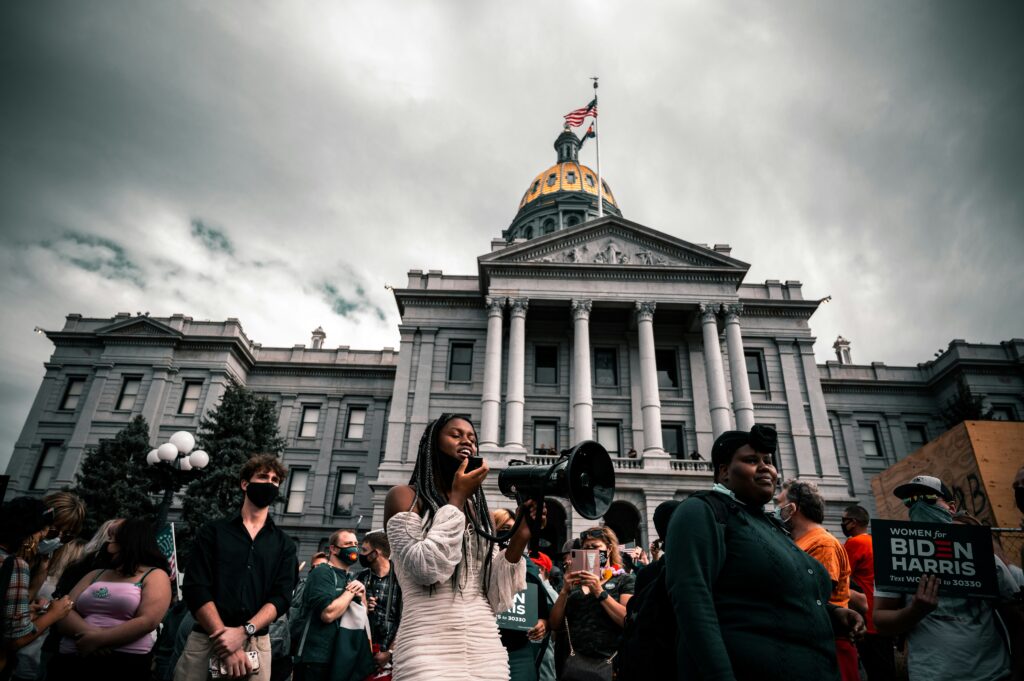
Los Angeles, often dubbed the “City of Angels,” stands to lose more than its celestial nickname suggests. As a primary gateway for immigrants, the city’s vibrant tapestry of cultures and its economic engine could face significant disruption. From the bustling streets of Koreatown to the sun-drenched orchards of the Central Valley, the absence of undocumented workers could leave gaping holes in the city’s workforce and cultural identity.
Across the country, New York City, with its iconic skyline and melting pot reputation, faces its own reckoning. The Big Apple’s 5.9 million immigrants, many of whom are undocumented, form the backbone of industries ranging from construction to healthcare. The potential exodus could transform neighborhoods like Jackson Heights and Flushing, altering the very essence of what makes New York a global city.In the Sunshine State, Miami’s tropical allure belies the turbulent times ahead. Home to 2.5 million immigrants, the city’s economy relies heavily on sectors like tourism and hospitality – industries where undocumented workers often fill crucial roles. The potential deportation of these workers could send shockwaves through Miami’s economic ecosystem, from South Beach’s glitzy hotels to the agricultural heartlands of South Florida.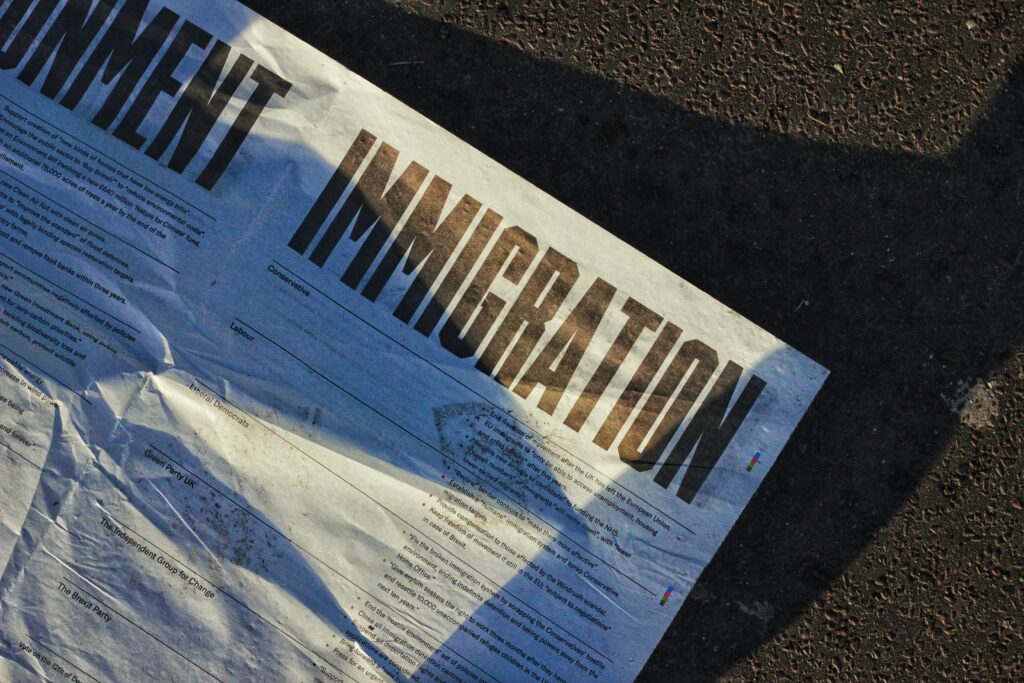
Chicago, the “City of Big Shoulders,” may find those shoulders significantly weakened. With 1.7 million immigrants in its metropolitan area, the Windy City’s diverse neighborhoods and industries face an uncertain future. From the meatpacking plants to the tech startups, Chicago’s economic resilience could be tested like never before.
In the Lone Star State, Houston and Dallas stand as twin testaments to the complexities of immigration policy. These Texas titans, each home to large immigrant populations, could see their booming economies stumble. The construction sites that dot their ever-expanding skylines and the service industries that keep these cities humming could face unprecedented labor shortages.

Out West, the San Francisco Bay Area’s reputation as a bastion of innovation and progress could be challenged. The region’s tech industry, often reliant on immigrant talent, might find itself grappling with a new reality. From Silicon Valley’s coding campuses to the agricultural expanses of the Central Valley, California’s economic powerhouse could face a reckoning. Phoenix, rising from the Sonoran Desert, could see its growth trajectory altered. As Arizona’s urban center, it stands at the forefront of the immigration debate, potentially facing not just economic impacts but social and political upheaval as well.
These cities, along with others like San Diego and Las Vegas, are not just facing potential economic disruptions. They are staring down the barrel of profound social change. Family separations, community fragmentation, and the erosion of cultural enclaves built over generations are all possible consequences of mass deportations. Moreover, the fiscal implications are staggering. Undocumented immigrants contribute billions in taxes annually, often without receiving the full benefits of their contributions. Their sudden absence could leave gaping holes in city budgets, potentially affecting public services and infrastructure projects.
As these urban centers brace for impact, the debate rages on. Supporters of stricter immigration policies argue for the need to enforce laws and protect American jobs. Critics warn of economic devastation and the unraveling of America’s urban fabric. What’s clear is that America’s cities stand at a crossroads. The coming months and years will likely reshape urban landscapes in ways both visible and invisible. From the foods we eat to the services we rely on, from the neighborhoods we call home to the very character of our cities, the impacts of this proposed immigration crackdown could be far-reaching and long-lasting. As the nation watches and waits, these cities – vibrant, diverse, and economically vital – find themselves on the front lines of a policy that could redefine what it means to be an American city in the 21st century.
Bolanle Media is excited to announce our partnership with The Newbie Film Academy to offer comprehensive courses designed specifically for aspiring filmmakers. Whether you’re just starting out or looking to enhance your skills, our resources will provide you with the tools and knowledge needed to succeed in the competitive world of screenwriting. Join us today to unlock your creative potential and take your first steps toward crafting compelling stories that resonate with audiences. Let’s turn your ideas into impactful scripts together!
Business
How Trump’s Deportation Plans Could Reshape Major Cities
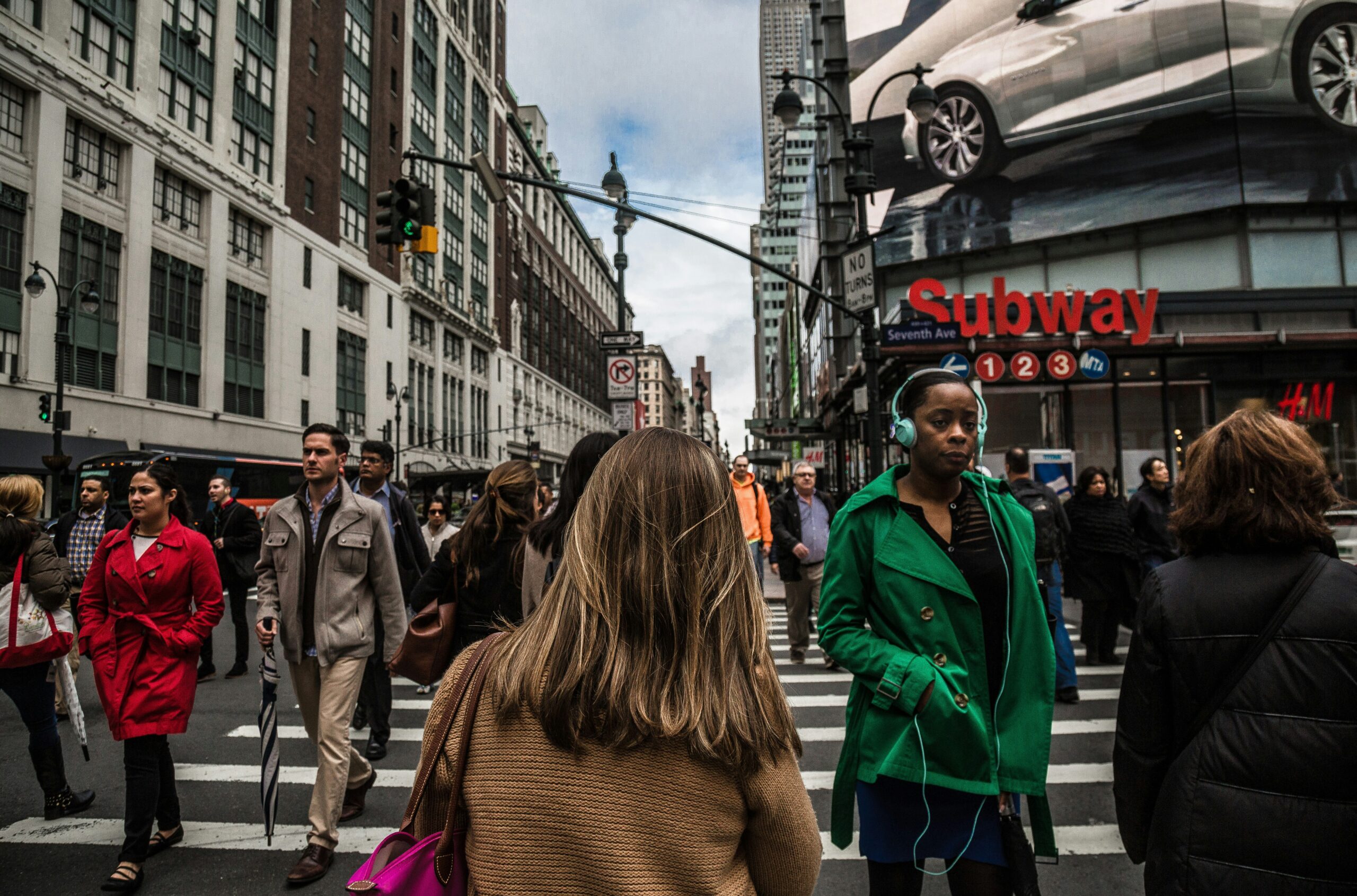
In the wake of Donald Trump’s recent election victory, his ambitious plans for mass deportations have thrust America’s urban centers into the spotlight. As the nation grapples with the potential implications of what Trump calls “the largest deportation operation in American history,” cities across the country are bracing for significant changes that could reshape their economic, social, and cultural landscapes.
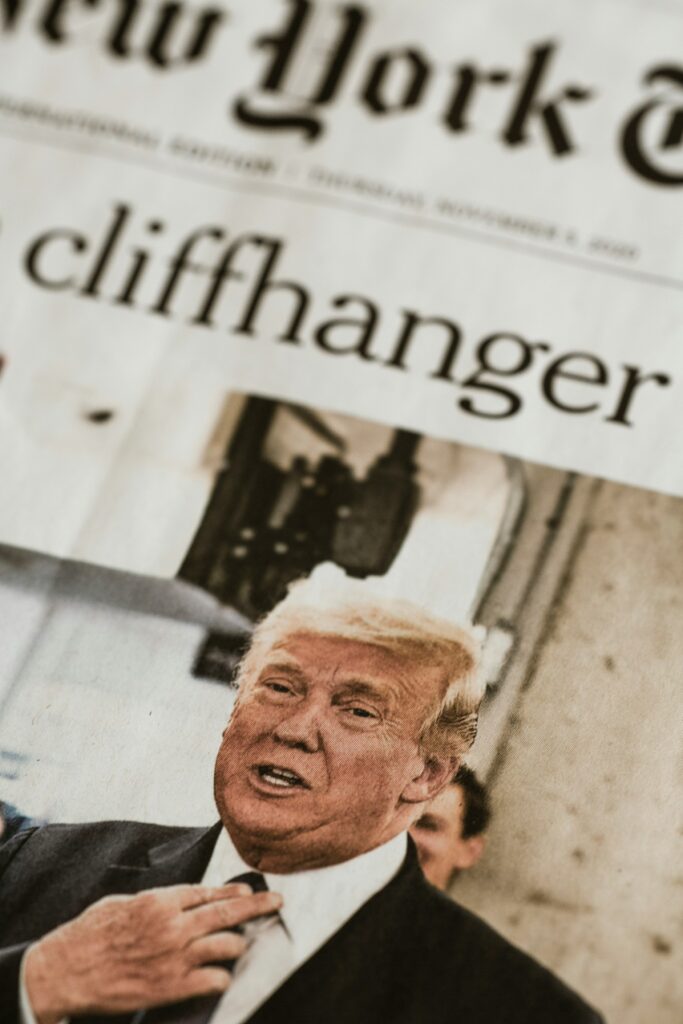
The stakes are particularly high for metropolitan areas like New York, Los Angeles, Houston, Dallas, and Miami, which host the largest populations of unauthorized immigrants. These cities, along with other major urban hubs such as Chicago, Washington D.C., and San Francisco, stand at the forefront of a looming transformation that could reverberate throughout the nation.
Economic Tremors
Economists warn that the proposed deportations could send shockwaves through urban economies. Mark Zandi, chief economist at Moody’s, cautions that businesses would face “significant challenges” if a substantial number of immigrants were removed. Industries such as construction, hospitality, and healthcare—pillars of urban economies—could face severe labor shortages.
Joe Brusuelas, chief economist at RSM, emphasizes the potential ripple effects: “The native-born workforce cannot meet current labor demands.” This labor gap could lead to increased wages, potentially rekindling inflation—a concern that looms large over city planners and policymakers alike.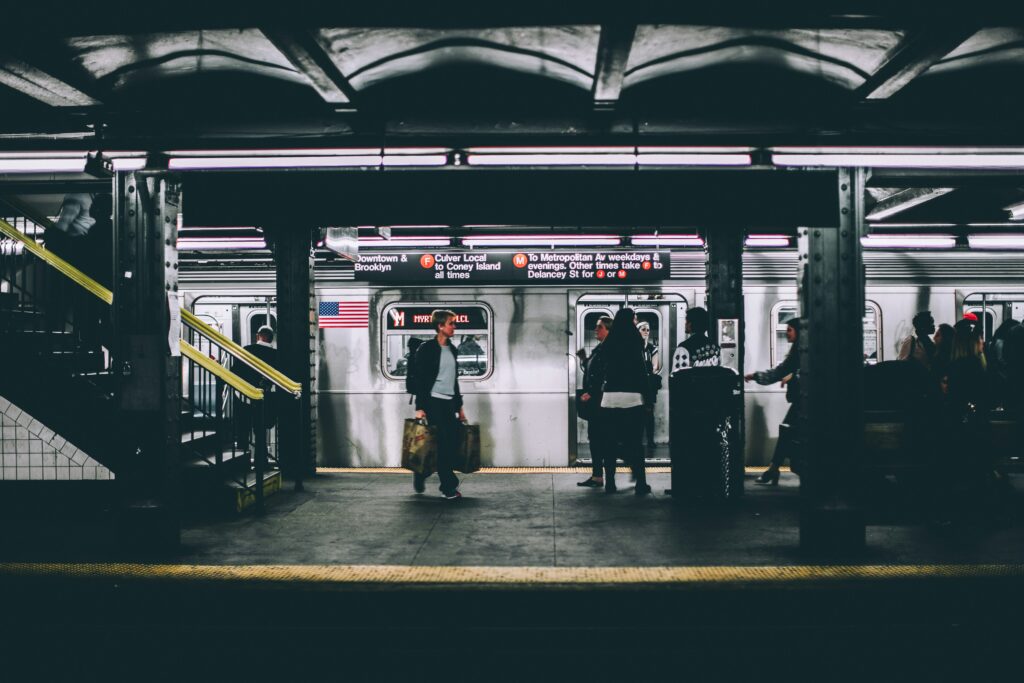
Community Fabric Under Strain
Beyond economic considerations, the social fabric of cities hangs in the balance. Elena, a Nicaraguan immigrant in Houston, voices a fear echoed in immigrant communities across the nation: “I’m scared… This is my home.” The threat of family separations, particularly in mixed-status households, casts a long shadow over urban neighborhoods.
Immigrant advocacy groups like FIEL are mobilizing, advising clients to prepare for “anything that can happen.” This atmosphere of uncertainty could lead to decreased community engagement and cooperation with local authorities, potentially impacting public safety and community cohesion.
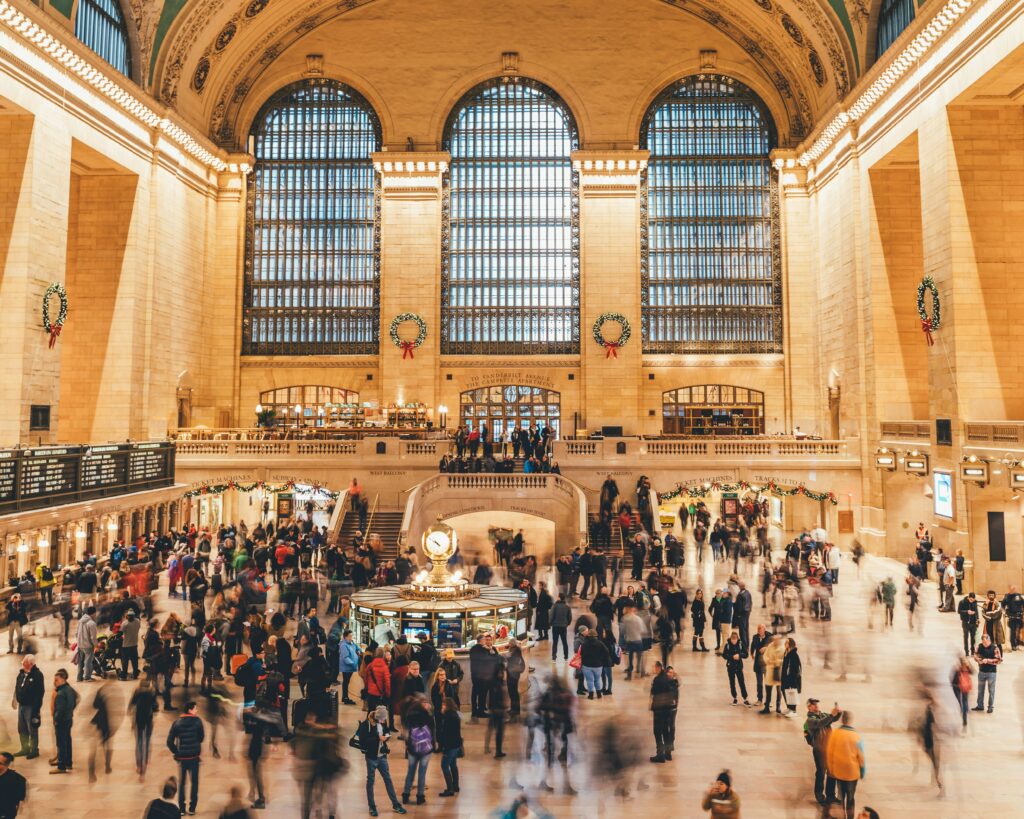
Cities at a Crossroads
As the debate intensifies, cities find themselves at a crossroads. Some, like New York and Los Angeles, have historically positioned themselves as “sanctuary cities,” often at odds with federal immigration enforcement. The impending clash between federal policy and local governance promises to be a defining feature of this new political landscape.
Meanwhile, the logistical challenges of implementing such a massive deportation operation remain daunting. Questions abound regarding detention facilities, transportation networks, and the sheer manpower required to carry out Trump’s vision.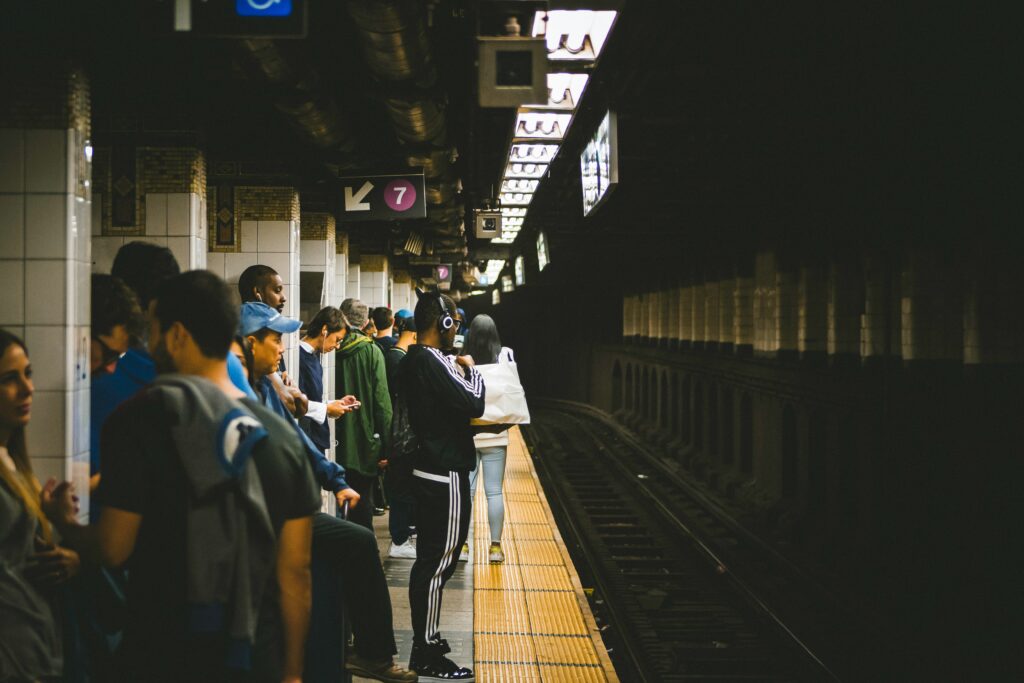
Looking Ahead
As America’s urban centers brace for potential change, the full impact of Trump’s deportation plans remains to be seen. Legal challenges are all but certain, and the resilience of America’s cities will be put to the test.
What is clear is that the coming months and years will be pivotal for urban America. As Jason Miller, a senior Trump adviser, puts it, the plan is to “immediately reinstate” immigration policies from Trump’s first term. For America’s cities, this could mean a period of unprecedented change, challenge, and, potentially, transformation.
As the nation watches and waits, the story of America’s cities in the face of this ambitious deportation plan is just beginning to unfold. The outcome will undoubtedly shape the future of urban life in America for years to come.
Bolanle Media is excited to announce our partnership with The Newbie Film Academy to offer comprehensive courses designed specifically for aspiring screenwriters. Whether you’re just starting out or looking to enhance your skills, our resources will provide you with the tools and knowledge needed to succeed in the competitive world of screenwriting. Join us today to unlock your creative potential and take your first steps toward crafting compelling stories that resonate with audiences. Let’s turn your ideas into impactful scripts together!
Business
Donald Trump Wins 2024 USA Election

Based on the election results, Donald Trump has indeed won the 2024 U.S. presidential election, defeating Vice President Kamala Harris. Here’s an analysis of the key statistics and implications: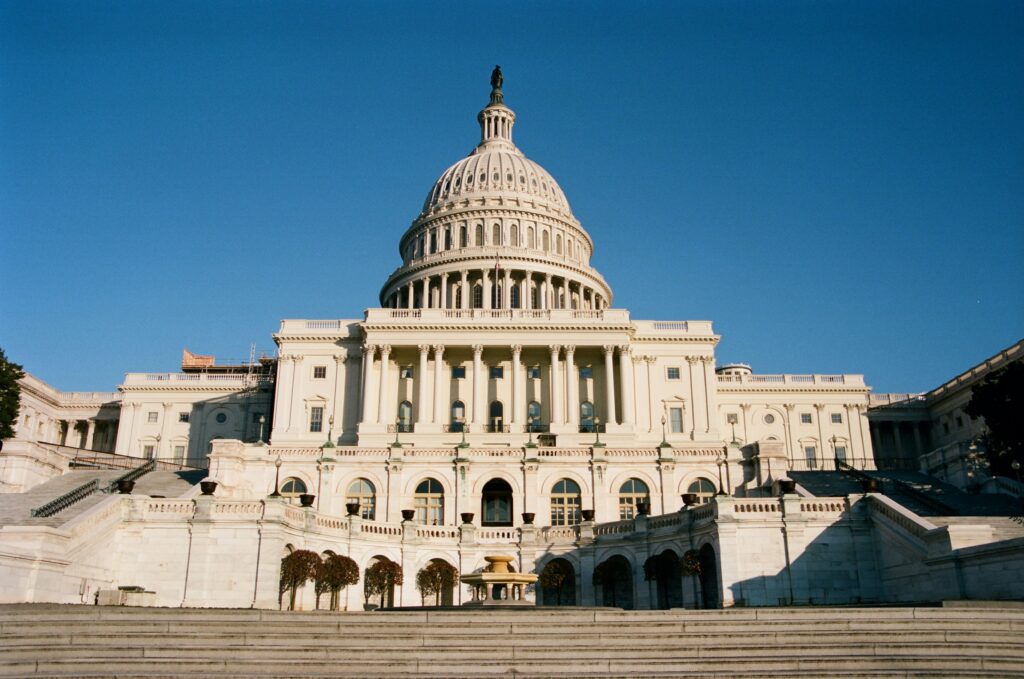
Electoral College Victory
Donald Trump has secured the presidency by winning crucial battleground states and flipping some key states that were previously held by Democrats. The final Electoral College tally is still being determined, but Trump has surpassed the 270 electoral votes needed to win.
Battleground State Performance
Trump’s victory was largely secured by winning several critical swing states:
- Wisconsin: Trump’s win here was pivotal in securing his path to victory.
- Pennsylvania: This state flipped back to Republican control.
- Georgia: Another key state that Trump managed to win back.
- Michigan: Trump successfully flipped this traditionally Democratic stronghold.
Popular Vote and Voter Priorities
While the final popular vote tally is still being calculated, exit polls provide insight into voter priorities:
- Economy and democracy were top concerns for voters.
- Abortion and immigration also played significant roles in voter decision-making.
Congressional Control
The election results extend beyond the presidency:
- Republicans are set to take back the Senate majority, securing at least 51 seats.
- Control of the House of Representatives remains undetermined.
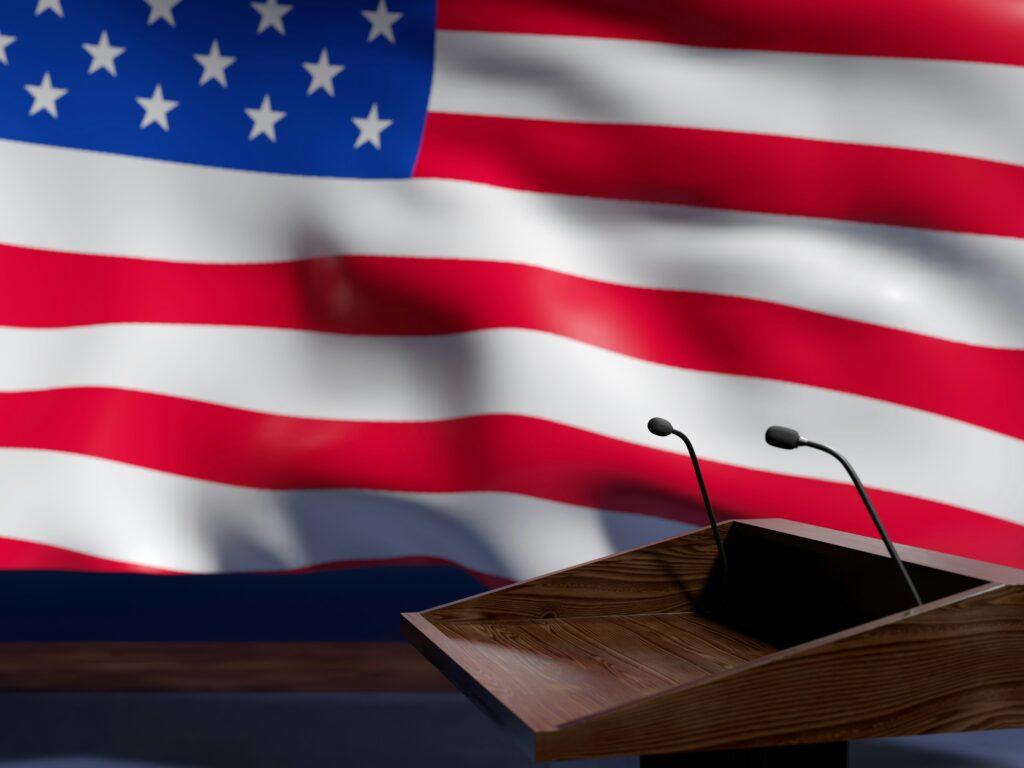
Media Implications
The outcome of this election could be seen as a challenge to mainstream media narratives for several reasons:
- Polling Discrepancies: Many pre-election polls suggested a tight race or even a slight Harris advantage in key states. Trump’s victory, particularly in battleground states, may indicate that polls underestimated his support.
- Narrative Shifts: Throughout the campaign, much of the mainstream media focused on Trump’s legal challenges and controversies. His victory suggests that these issues may not have resonated with voters as much as economic and policy concerns.
- Voter Priorities: The emphasis on issues like the economy and immigration in voter decision-making may indicate a disconnect between media focus and voter concerns.
- Electoral Predictions: Many mainstream outlets were cautious about predicting a Trump victory, even as results began to favor him. This hesitancy could be seen as a reflection of broader media skepticism about Trump’s chances.
- Underestimation of Trump’s Base: The results suggest that Trump’s core support remained strong and potentially grew, despite negative coverage in much of the mainstream media.
It’s important to note that while the election outcome may challenge some media narratives, it doesn’t necessarily invalidate all mainstream reporting. The complex factors influencing voter behavior and the challenges of accurate political forecasting remain subjects of ongoing analysis and debate.
As the dust settles on this historic election, both the media and political analysts will likely engage in extensive reflection on the factors that led to Trump’s victory and the implications for future political coverage and analysis.
Bolanle Media is excited to announce our partnership with The Newbie Film Academy to offer comprehensive courses designed specifically for aspiring screenwriters. Whether you’re just starting out or looking to enhance your skills, our resources will provide you with the tools and knowledge needed to succeed in the competitive world of screenwriting. Join us today to unlock your creative potential and take your first steps toward crafting compelling stories that resonate with audiences. Let’s turn your ideas into impactful scripts together!
-

 News4 weeks ago
News4 weeks agoThe Hemp Village’s Inaugural Brunch: A Celebration of Resilience and Community Spirit
-

 Advice3 weeks ago
Advice3 weeks agoHow Community Engagement Ignites Cultural Phenomena
-

 Advice3 days ago
Advice3 days agoHow to Create Unforgettable Movie Scenes
-

 Advice3 days ago
Advice3 days agoMaster the Art of Film Casting
-

 Advice19 minutes ago
Advice19 minutes agoThe Impact of Music on Film Pacing
-

 Advice2 weeks ago
Advice2 weeks agoA Reality Check for Aspiring Filmmakers
-

 Advice3 days ago
Advice3 days agoReinventing Genres: Tips for Filmmakers
-

 Advice4 days ago
Advice4 days agoScreenwriting Tips for Aspiring Filmmakers







